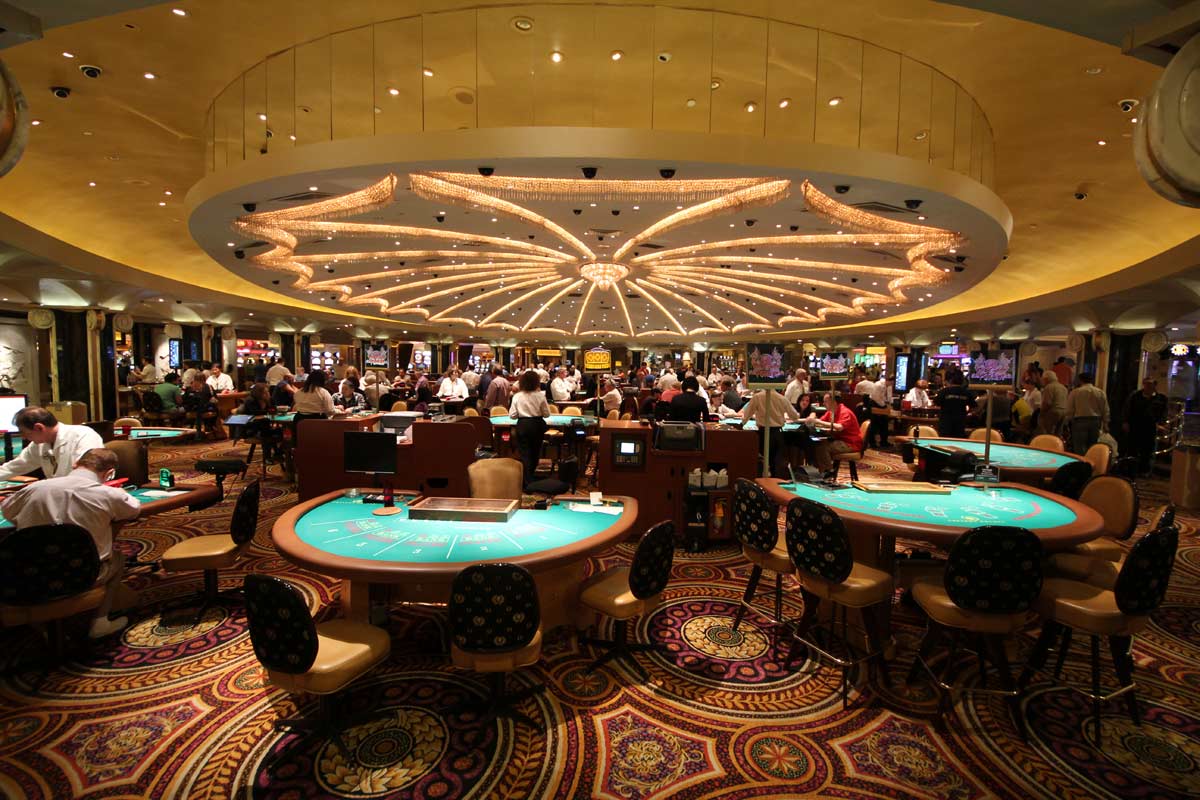
Casino games have long captivated the human imagination, drawing players into a universe filled with fortune, strategy, and the allure of adventure. Each game is meticulously crafted not just for fun, but also to elicit specific emotional responses that keep players immersed and interested. Understanding the drives behind these designs reveals much about how psychology plays a crucial role in the gaming experience.
From the vivid lights and vibrant sounds to the intricate layering of rules and rewards, casino games are designed to create an atmosphere of thrill and anticipation. Game designers leverage psychological principles to influence gambler behavior, whether through the use of winning opportunities, almost wins, or social connections. By examining these factors, we can better appreciate how casino games fulfill not just a want for entertainment, but deeper psychological needs for excitement and hazard.
Understanding Gamer Behavior
Casino games are designed with a thorough grasp of player psychology, which is essential for drawing in and keeping players. The excitement of the game, alongside the anticipation of winning, creates a strong attraction. Game designers employ elements like sonic elements, colorful graphics, and captivating gameplay to engage attention and evoke emotional responses. These sensory effects enhance the overall experience, making players feel more invested in the game.
Another important aspect of player behavior is the idea of risk and reward. Casino games often balance risky situations with the potential for considerable rewards, which can result in the phenomenon known as near-miss phenomenon. When players come within reach to winning, the brain releases dopamine, strengthening their behavior and prompting them to persist playing in quest of that hard-to-reach win. This cycle of wish and letdown plays a crucial role in how games are constructed and marketed.
Lastly, community aspects also play a central role in player behavior at casinos. Many games are designed to be played in teams or alongside other players, creating a sense of belonging and collective experience. The interaction inherent in games like blackjack enhances enjoyment and can result in longer play sessions. Designers take advantage on this by designing environments that encourage players to remain, socialize, and return, making the overall casino experience more attractive.
The Role of Imagery and Sound
Visuals and audio play a significant role in enhancing the gambler’s experience within casino games. Designers utilize bright colors, striking graphics, and captivating animations to grab gambler’s attention and maintain their focus. The use of themes, such as adventure or opulence, helps create an immersive atmosphere that takes players into another world. depo288 By appealing to the senses, these elements contribute to a intensified emotional response, prompting players to engage more deeply with the games.
Audio design is equally important in enhancing the overall experience of gambling games. The mix of ambient music, sound effects for successful combinations, and ambient noises creates an sound landscape that keeps players fascinated. Audio cues associated with wins, such as chiming bells or celebratory music, evoke feelings of excitement and satisfaction, encouraging players to continue playing. These audio cues are carefully placed to amplify the excitement of the game and create a more immersive experience.
Additionally, the alignment of visuals and sound is crucial for supporting the game’s overall theme and mood. Each element should align harmoniously to create a cohesive experience that draws players in. The effective use of this integration not only improves user enjoyment but also boosts the chances of return play, as players become more engaged in the immersive world that the gambling games offer. This thoughtful integration of visuals and sound ultimately enhances player involvement and commitment.
Incentive Structures and Participation
The development of casino games heavily depends on incentive systems to keep players involved and coming back for more. These systems are rooted in psychological theories that exploit human nature and motivation. Participants are often motivated by the thrill of winning, which is supported by instant feedback through the game’s design. This prompt satisfaction not only improves the overall experience but also cultivates a feeling of achievement, prompting participants to keep playing in hopes of bigger gains.
Casinos utilize various incentive systems, including jackpots, bonuses, and multipliers, to captivate players. These features create a level of excitement that maintains interest. Additionally, the unpredictability of outcomes plays a crucial role in keeping attention. The variable reward system, where wins are unpredictable but occur often enough, maintains participants on edge and motivated to continue participating. This loop of anticipation and expectation is essential to the success of gambling experiences.
In addition, community aspects, such as competitive events and multiplayer features, boost the participation factor by leveraging the desire to compete of players. The shared experience of playing with others can intensify the excitement of winning and create a sense of community within the casino. By combining these community elements with efficient incentive structures, gambling experiences don’t just offer fun but also foster a deeper bond among participants, solidifying their commitment to the overall experience.
